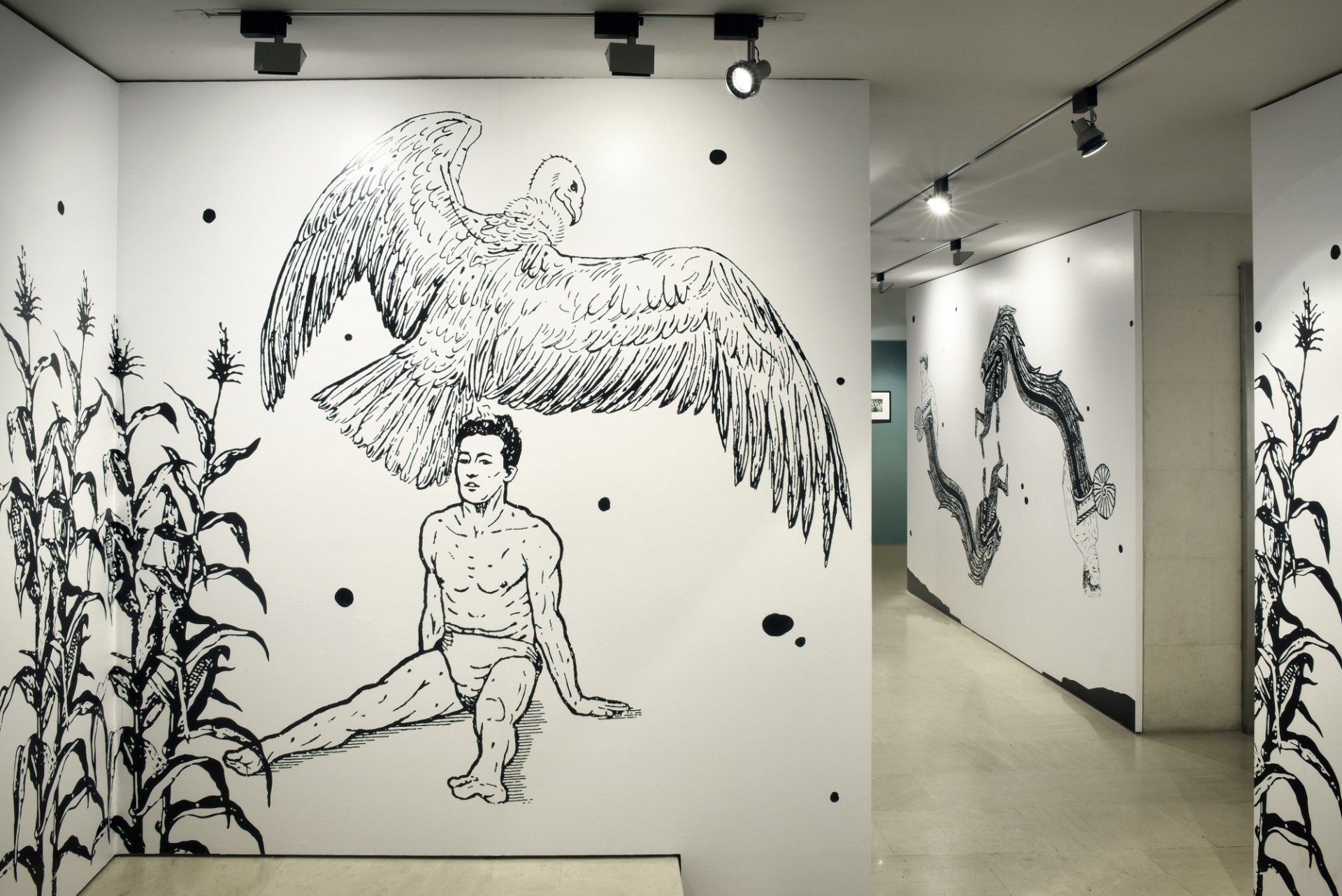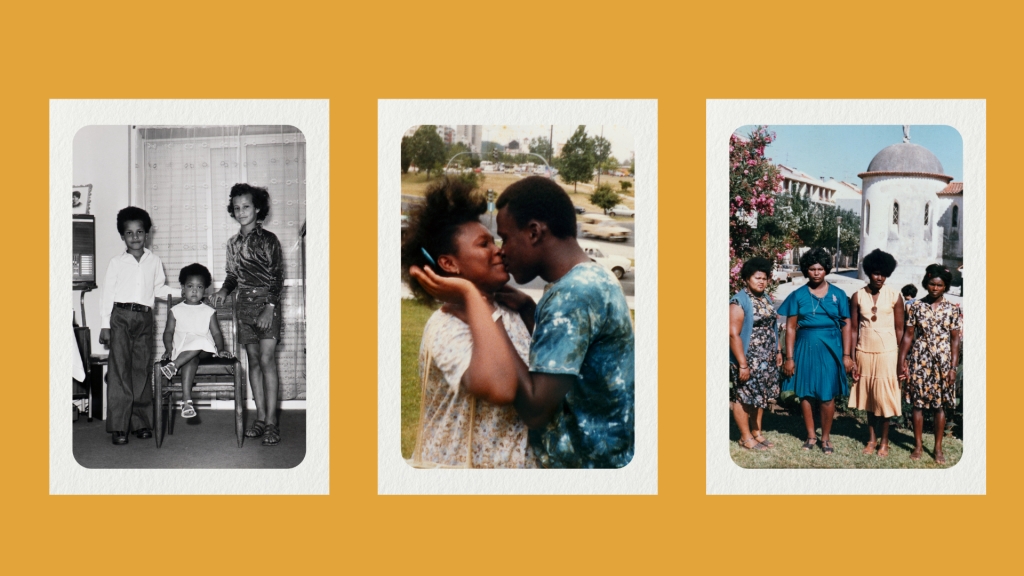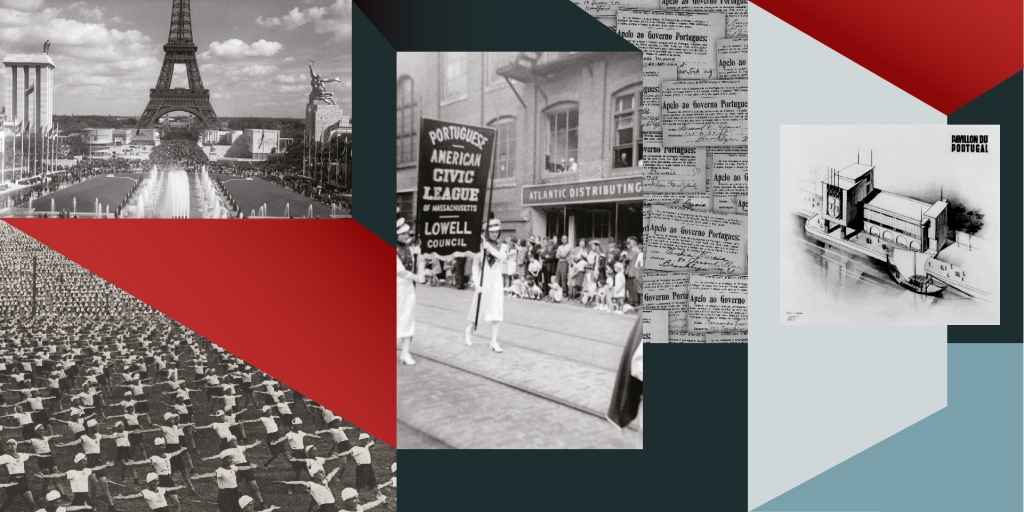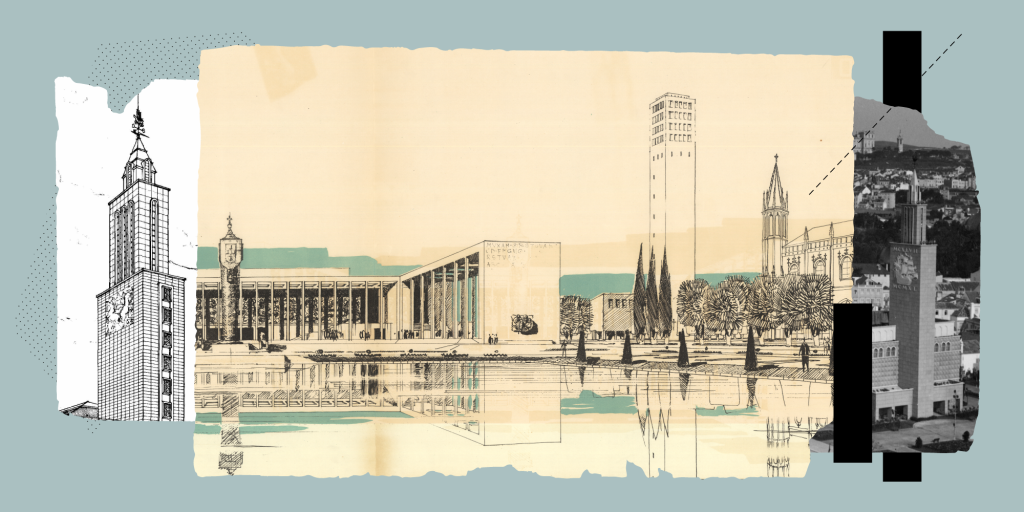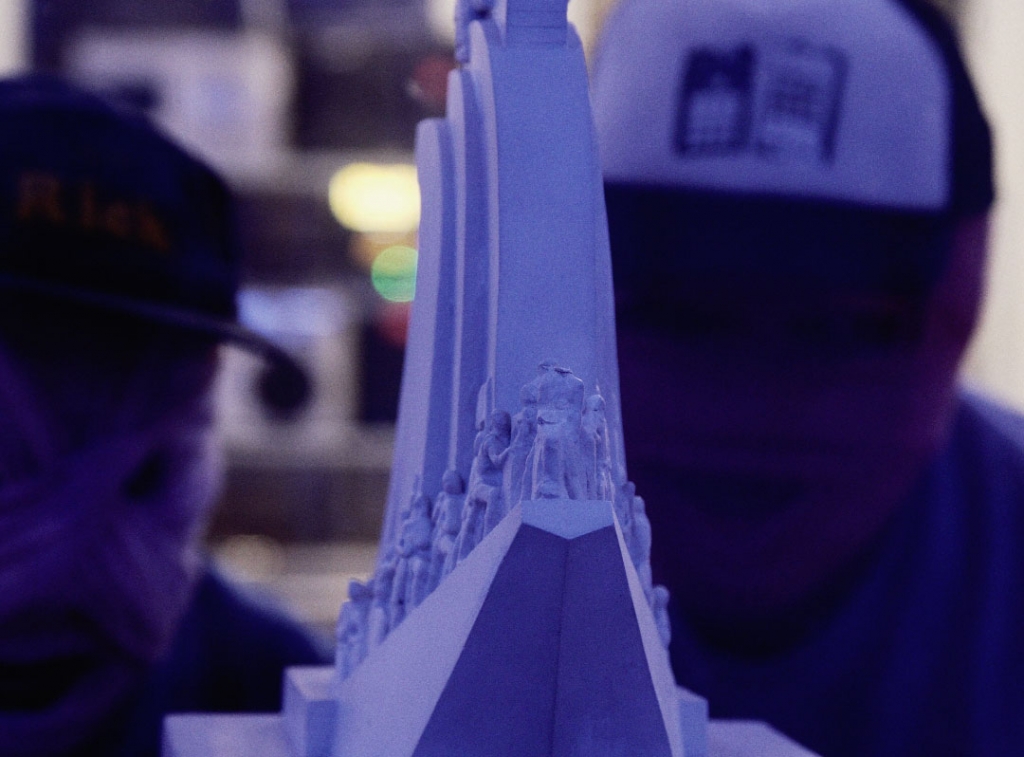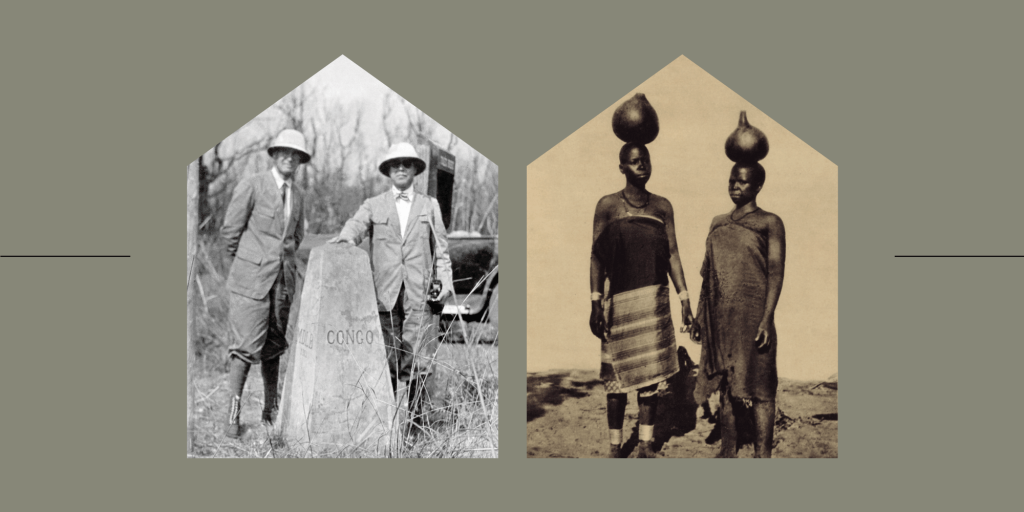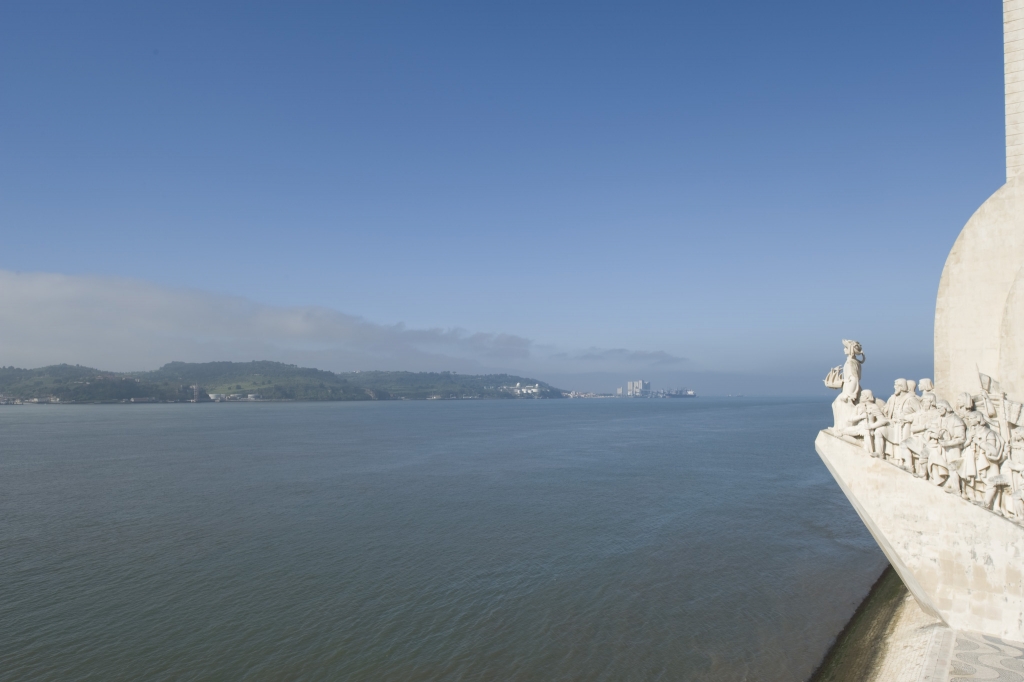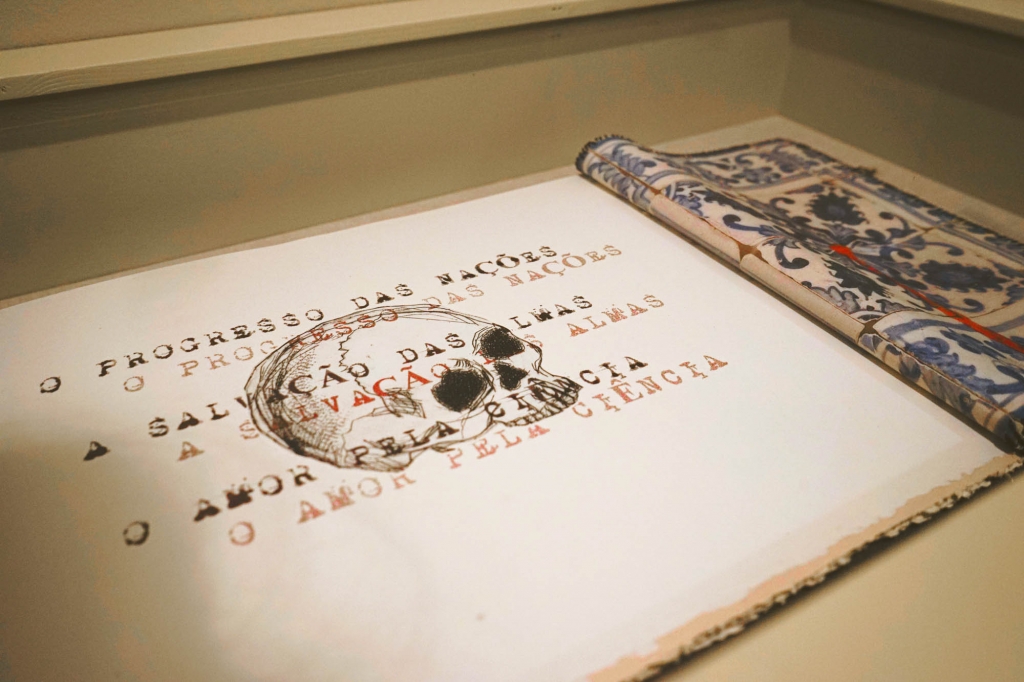Al Final del Paraíso – Demián Flores
07 January 2017 - 02 April 2017Details
Share on social media
About this event
Al Final del Paraíso (At the End of Paradise) is a graphic testimony of our time. Its hybrid character allows signs, symbols and images, both historic and political as well as those of contemporary culture, to intermingle in a continuous process of transformation. These points of contact generate frictions, readjustments and fields of tension in which it is difficult to find anywhere comfortable or silent. Here, elements related to national identity, memory and everyday life appear alongside other elements such as satire and invective. Their presence turns the iconographic mosaic into something that is complex but also playful, elusive, fresh and, above all, critical and current.
With the geographic discoveries of the 16th century and the appearance, as it seemed at the time, of the New World, the idea of the existence of Paradise took on new forms and levels of recognition. The encounter fascinated the Europeans, whose contact with those faraway lands came about purely through the written word. Fr. Bartolomé de Las Casas mentioned in his chronicles that the inhabitants seemed to belong to the Golden Age: “they are simple, without malice, full of love for their own, devoid of any earthly ambition”. Fr. Bartolomé believed he had found the noble savage, that inhabitant of Arcadia who the western world was keen to recover, before making him the hostile enemy and so bringing Paradise to an end. In the moral order, America was invented. After the question of the natives’ human origins had been resolved came the matter of evangelizing them and, at the same time, making them worthy of another Paradise, Heaven. Thus began the blood and fire reality of Mexico, which has endured until today.
Demián Flores (Juchitán, Oaxaca, 1971) centres his artistic activity round experimentation in diverse techniques and graphic languages. His work undergoes a constant process of editing, recovering, cutting and montage, appropriation, giving rise to a vast repertoire of images and potential lines of research into the future of contemporary graphic art. Flores’s work is characterised by its ability to shock and cross-contamination between different spheres of cultural production and by its active dialogue with the socio-political context of his native land, in the south of Mexico.
